State
Tribe Name
Art Type
short description
The celebration of Meriah is an annual event, in which each clan village takes turns to host the celebrations. A village therefore may host the Meriah at an interval of 3 to 5 years, or even more. In the past, the Dongria Kondh practiced human sacrifice during the festival. The British put a stop to this tradition and human sacrifice was replaced by buffalo sacrifice. The sacrifice is believed to ensure the continued welfare of crops, the village and individual families. The Dongria Kondhcommunity live in the Niyamgiri hill ranges of Rayagada district.
Thumbnail
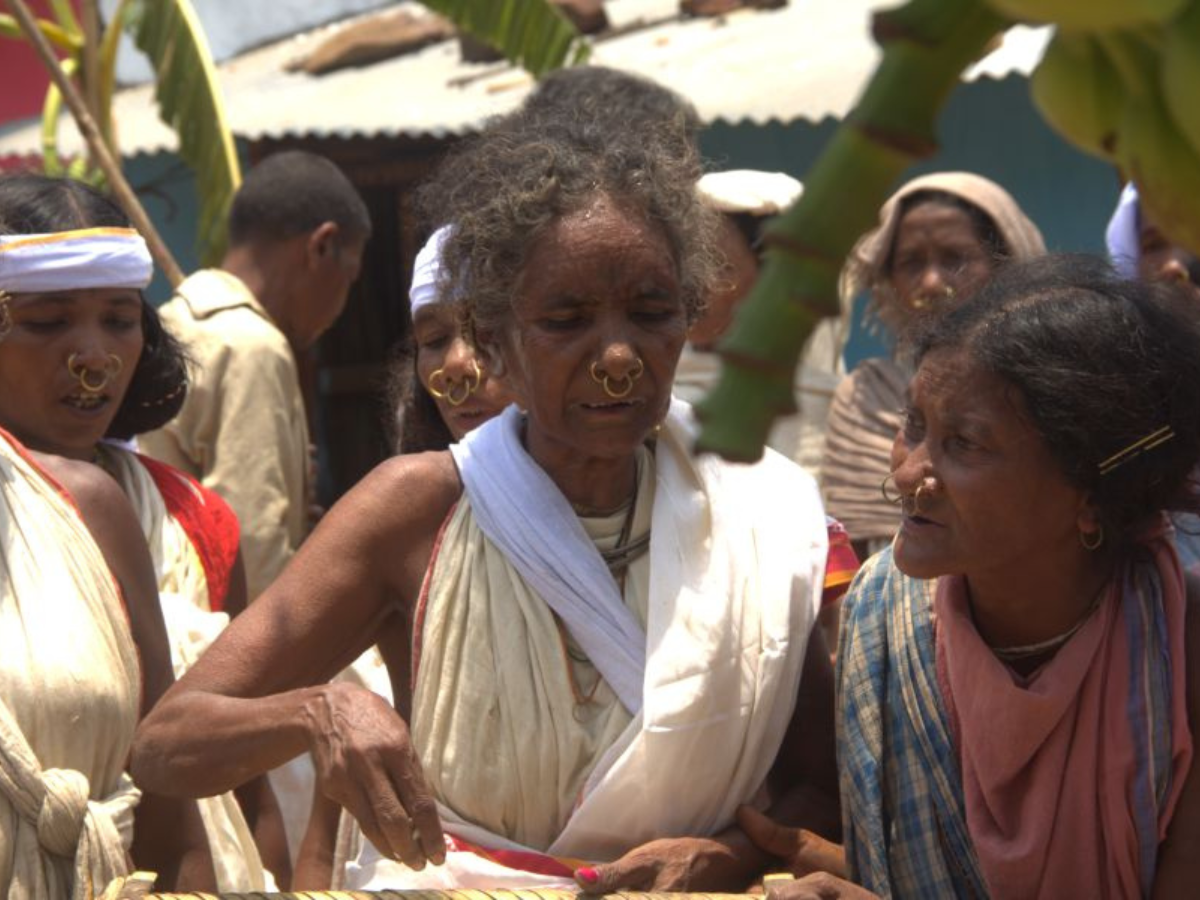
Filter Postion
Left
Filter Background
Off
Theme
Filter Header Image
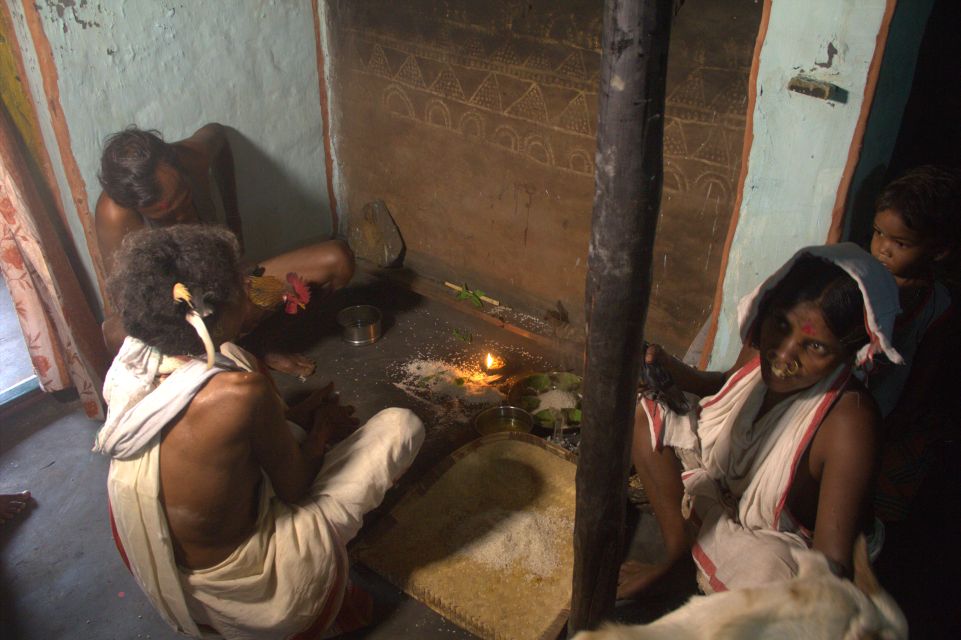
content
Image
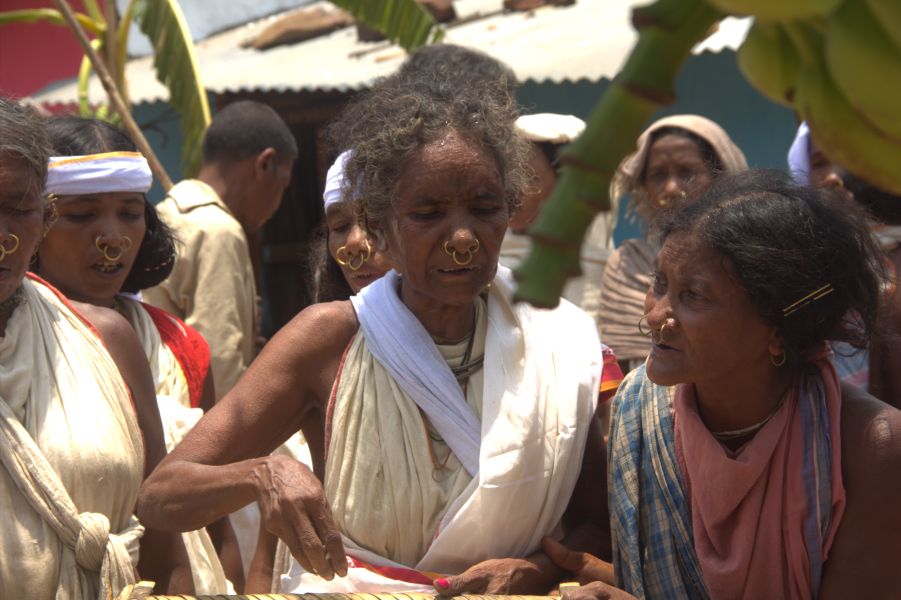
description
The celebration of Meriah is an annual event, in which each clan village takes turns to host the celebrations. A village therefore may host the Meriah at an interval of 3 to 5 years, or even more. In the past, the Dongria Kondh practiced human sacrifice during the festival. The British put a stop to this tradition and human sacrifice was replaced by buffalo sacrifice. The sacrifice is believed to ensure the continued welfare of crops, the village and individual families. The Dongria Kondhcommunity live in the Niyamgiri hill ranges of Rayagada district.
Image Mode
landscape
Image
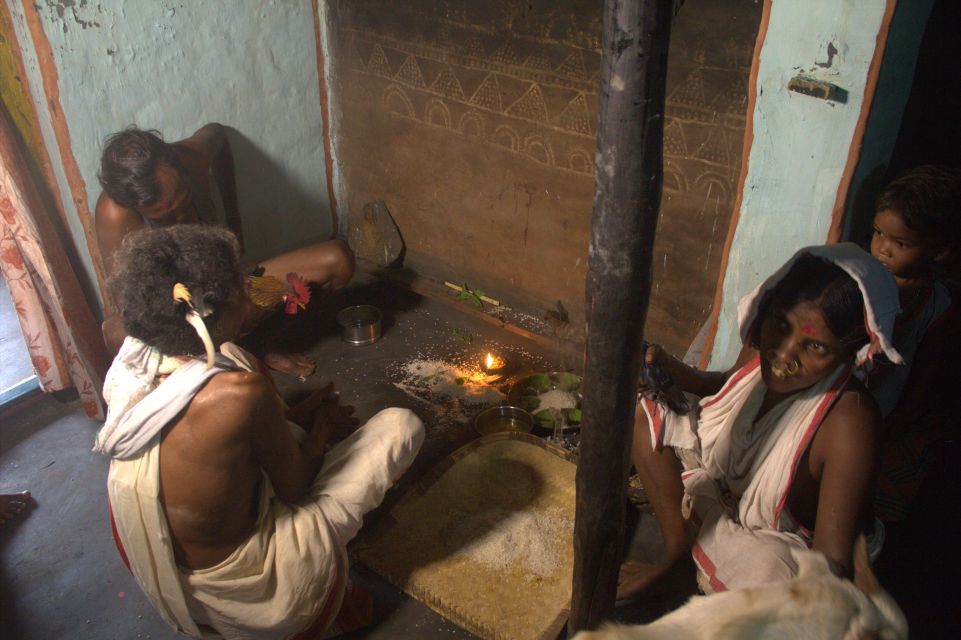
description
The Meriah festival begins with the painting of the sacrificial post, followed by the construction of bamboo gates by neighbouring villages. Ritual activities intensify on Friday with the painting of the shrine of Koteyuwalli Penka, the consort of the Earth Goddess, and the installation of the Chhatri, a ceremonial object symbolizing divine power. The Bejuni performs trance dances during sacrifices, and offerings of pigs and fowl are made.
Image Mode
landscape
Image
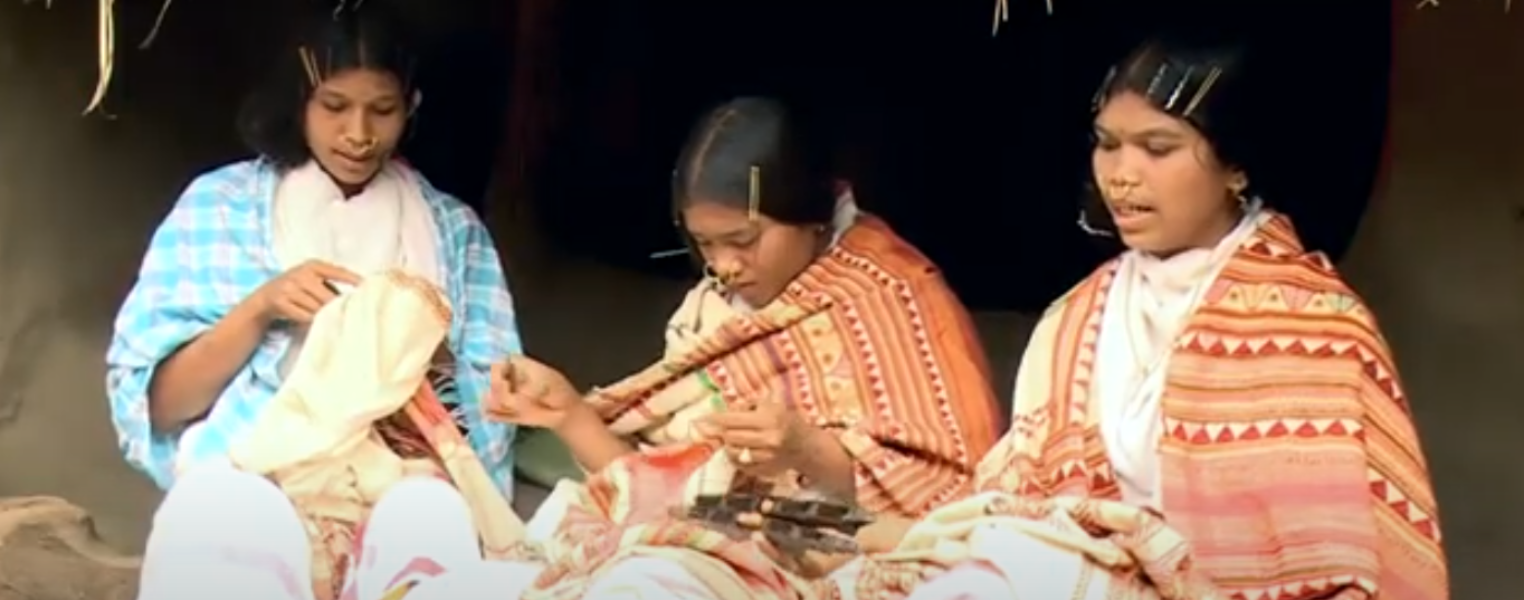
description
During the festival, villagers decorate their homes and visit the market to buy new clothes, supplies, and animals for sacrifice. The Beju and Bejuni, shamanic figures, acquire ritual items such as winnows, baskets, and pots. The Wadaka clan's representatives bring offerings for the Earth Goddess, and the Bejuni gathers herbs for healing. As the festival progresses, the village celebrates by preparing food and performing ceremonies involving goat and buffalo sacrifices.
Image Mode
landscape
Image
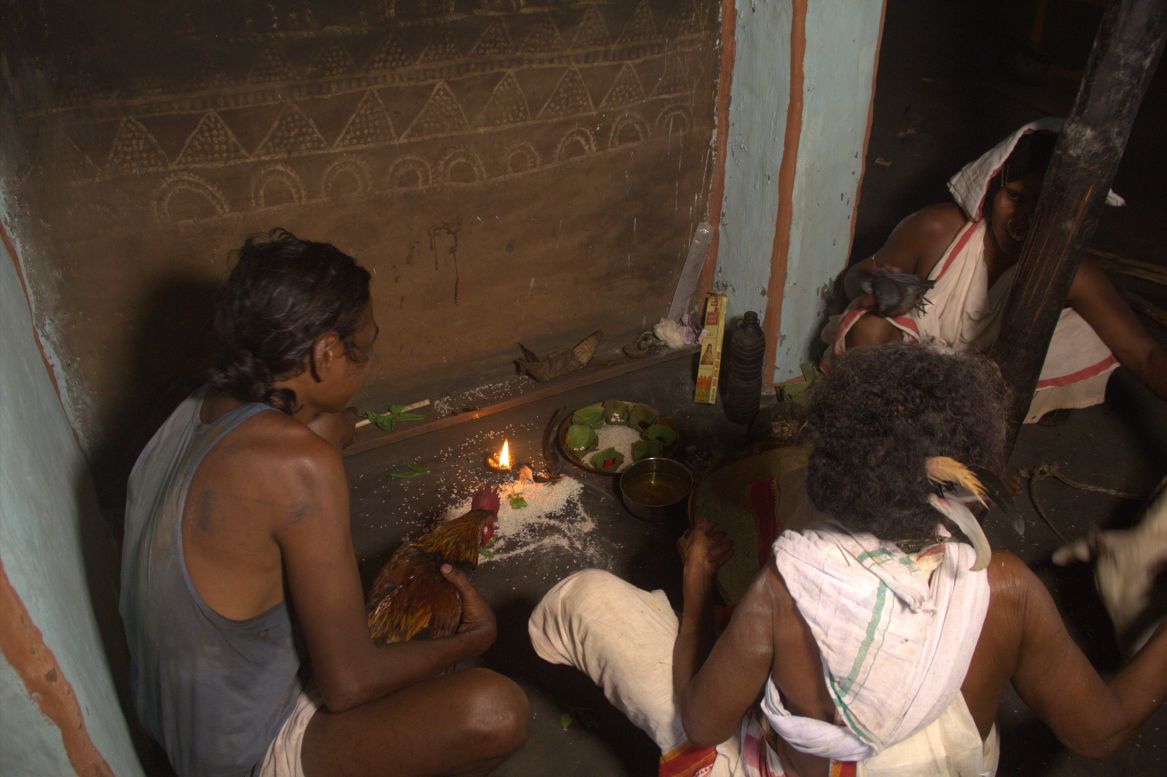
description
As evening falls, more guests, clan brothers and those belonging to the neighbouring villages arrive. Everyone is dressed in his or her best attire, particularly the youth. The Meriah is also an occasion where boys and girls chose life partners and often marriage by capture or Jhika Bibha take place during this festival. The Beju and Bejuni begin to dance and sing in front of the shrine of KoteyuwalliPenka, making offerings of rice. Throughout the night, guests continue to arrive, the men carrying axes. Music reverberates through the village as drunken revelry and dancing take place around the shrine. As per tradition, those participating in the actual sacrifice do not belong to the village and the Wadaka clan. It is the other clans that carry out the sacrifice, beheading the buffalo and placing its head as an offering within the shrine of Dharini. This sequence of events has remained unbroken in the face of changes to the Dongria Kondhway of life and their contact with the outside world. As the sky lightens, the frenzy of the sacrifice dies down. The village hopes that the Goddess accepts their sacrifice and blesses the community with a bountiful harvest and prosperity in the coming year.
Image Mode
landscape
promoted
On
Verified
On
